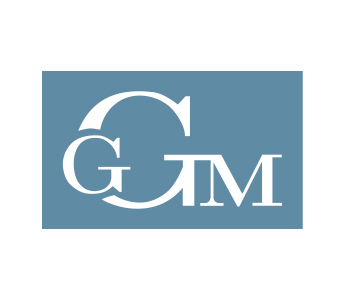EPA Clarifies ASTM 1527 Standard For Phase I ESAs
For the past several years, environmental professionals have been using the ASTM 1527-05 Standard Practice for Environmental Site Assessments: Phase I Environmental Site Assessment Process as the industry standard for conducting all appropriate inquiry (AAI) into the prior ownership and use of property being considered for purchase/occupancy in order to qualify for protection from liability under the Comprehensive Environmental Response, Compensation and Liability Act (CERCLA or Superfund). Citing the need for clarification of certain vagaries in the 1527-05 standard, a desire to reflect evolving best practices, as well as certain other “enhancements”, ASTM International published an updated standard for Phase I Environmental Site Assessments (ESAs) — ASTM 1527-13 Standard Practice for Environmental Site Assessments: Phase I Environmental Site Assessment Process.
On August 15, 2013, the Environmental Protection Agency (EPA) published a direct final rule to amend the AAI rule (40 CFR 312) to allow for the use of the updated ASTM 1527-13 standard. However, EPA unfortunately did not remove the reference to the ASTM 1527-05 standard from the text of the AAI rule. This reference created confusion among environmental professionals as to which standard (the 2005? the 2013?) was adequate/appropriate for use in conducting Phase I ESAs. EPA received a number of adverse comments to its direct final rule and, as a result, published a notice of withdrawal of the rule on October 29, 2013. In the meantime, some environmental professionals have been conducting AAI utilizing the ASTM 1527-05 standard, while others have been following the ASTM 1527-13 standard.
On December 30, 2013, EPA addressed the comments received in response to its August 2013 direct final rule. More importantly, EPA also published a final rule amending the AAI rule (40 CFR 312) to reference the ASTM 1527-13 standard as an appropriate standard to follow when conducting AAI. Although the AAI reference to the 1527-05 standard has not yet been removed, EPA announced its intent to publish a proposed rule that will amend the AAI final rule to remove the reference to the ASTM 1527-05 standard. This will occur “in the near future”. In the meantime, EPA’s preamble to the December 30, 2013 final rule states that it “strongly encourages prospective purchasers of real property to use the updated ASTM E1527-13 standard” when conducting AAI, and that it “applauds the additional rigor and clarity provided” by the updated standard. EPA’s action on December 30, 2013 attempts to clear up any confusion created by its previous actions and serves to quiet the calls from certain environmental professionals arguing for preservation of the 1527-05 standard. While the failure to delete ASTM 1527-05 in its entirety may perpetuate some confusion, it seems clear that from and after December 30, 2013, the better practice is to follow the newest standard.
News and blog articles presented in this website are distributed for general information purposes only with the understanding that the author, publisher and distributor of articles is not rendering legal, accounting, or other professional advice or opinions on specific facts or matters and, accordingly, GGTM assumes no liability whatsoever in connection with the use of any article. Pursuant to applicable rules of professional conduct, this communication may constitute Attorney Advertising.

